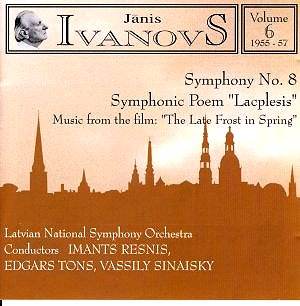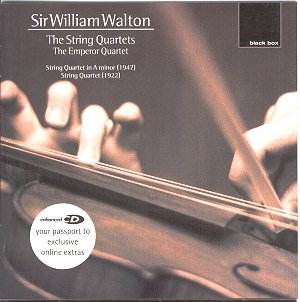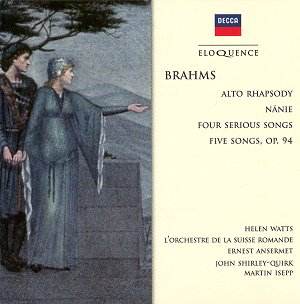 Composer: Wolfgang Amadeus Mozart
Composer: Wolfgang Amadeus Mozart
Works: Sonata in C major, K310; Sonata in A major, K331; Sonata in F major, K332
Performers: Christian Zacharias (piano)
Recording: Rec January 1985 (K330), October 1958 (K331), July 1984 (K332), Historischer Reitstadt, Neumarkt
Label: EMI Classics
Mozart’s piano sonatas from the early 1780s, particularly K310, K331, and K332, represent a pivotal moment in his career, marking his transition from the cloistered environment of Salzburg to the vibrant musical landscape of Vienna. These works not only showcase his burgeoning pianistic prowess but also reveal an increasing complexity in emotional and structural narrative. Each sonata carries a distinctive character, challenging performers to navigate both technical demands and interpretative depth.
Christian Zacharias’s interpretations of these sonatas on this recording reveal a meticulous attention to rhythmic precision, particularly in the C major Sonata, K330. His control over dynamics and articulation is particularly notable in the outer movements, where the interplay of light and shade creates a compelling contrast. The Andante cantabile, a lyrical centerpiece of the sonata, benefits from Zacharias’s sensitivity, seamlessly weaving a rich tapestry of expressive nuances. This movement stands out as the most successful of the three performances, embodying the emotional core of the work with a graceful balance between restraint and expressiveness.
In the F major Sonata, K332, Zacharias continues to impress with his carefully calibrated tempos and clear articulation of accents. The sonata’s playful spirit is well captured, and his interpretation of the Allegro movement showcases a buoyant energy that feels both natural and exhilarating. However, the A major Sonata, K331, presents more significant interpretative challenges. The initial theme-and-variations movement requires a delicate balance between unity and variety, a task that Zacharias struggles to maintain. The variations, while distinct in character, lack an overarching coherence, which diminishes the movement’s impact. The following Minuet offers a refreshing contrast, with a more confident execution that regains some momentum.
The finale of K331, the celebrated ‘Turkish Rondo,’ ultimately reveals the limitations of Zacharias’s approach. While the rhythmic accents are indeed pronounced, they veer towards an overemphasis that risks obscuring the inherent charm and wit of the music. This percussive emphasis lacks historical justification and detracts from the overall flow, leading to a performance that feels more ostentatious than insightful. The lack of finesse in this section is particularly disappointing given the high standards set in the earlier movements.
The engineering quality of this recording is commendable, with the piano sound captured with clarity and depth, allowing the nuances of Zacharias’s playing to resonate effectively. The balance between the instrument and acoustic environment contributes to a rich listening experience, though it may lack the warmth that some period instruments could provide.
Zacharias’s interpretations, while technically proficient and occasionally illuminating, ultimately exhibit inconsistencies that prevent a fully cohesive experience across the three sonatas. His strengths in rhythmic control and lyrical phrasing shine in K330 and K332, but the interpretation of K331 falters under the weight of its own ambition. This recording, while offering moments of grace and clarity, does not quite ascend to the heights achieved by some of his contemporaries, leaving listeners yearning for a more nuanced exploration of Mozart’s genius.



